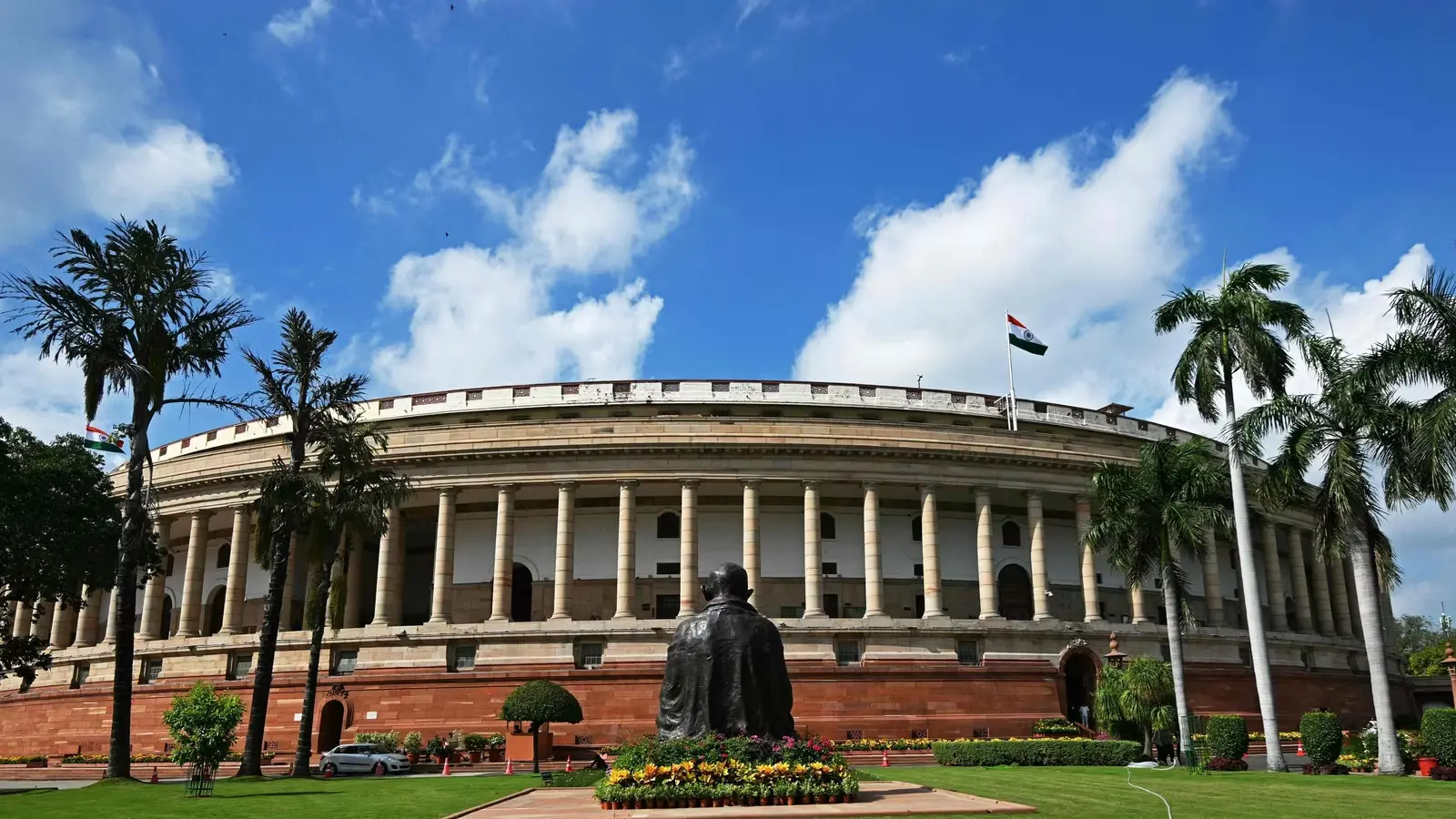There have been some recent discussions in India regarding the interpretation of Article 39(b) of the Indian constitution. This article is one of the Directive Principles of State Policy, which means that it outlines the goals, the government should strive for, but are not directly enforceable by courts. The recent debate centred on how broadly to interpret the phrase “distribution of material resources of the community” within article 39(b) i.e. how wealth should be distributed in India.
Views: One view is that the government has wide range of power under the article clause to regulate wealth distribution. This could include things like progressive taxation and affirmative action programme. Whereas the other view is that, article 39 (b) does not abolished private property rights.
Possibilities: Parliament to initiate “wealth tax” to citizens with a certain net worth, i.e. to tax then for 2%. This however, violates the Fundamental Rights of equality, life, personal liberty, freedom of trade. The other possibility is, law to acquire privately held forest land across the country and distribute it among tribal communities who are displayed by climate change, infrastructure, projects, internal conflicts, etc.
Interpretation: State of Karnataka vs Shri Ranganatha Reddy Case, 1977: Court held that privately owned resources did not fall within the ambit of “material resources of the community”. Justice Krishna Iyer held a dissenting opinion that privately owned resources must also be considered material resources of the community.
Sanjeev Coke Manufacturing Company vs Bharat Coking Coal Case, 1983: Supreme Court affirmed Justice Iyer’s opinion and upheld central legislation that nationalised coal mines and their respective coke oven plants. It held that privately owned resources must also be considered material resources of the community.
Pros and Cons of Equal Wealth Distribution
- Social Justice: Social justice alines with the Principles of the Preamble of the constitution which strives to ensure social justice, unrestricted property rights can exacerbate wealth inequality. The wealth can accumulate vast amount of property, leaving less for other. This can lead to social unrest and hinder economic mobility. But redistribution discourages people from working hard and taking risks if they believe the government will simply provide for them. It may discourage wealth creation and entrepreneurship, leading to slower economic growth and reduced prosperity for all.
- Poverty Alleviation: Redistribution programs can help alleviate poverty by providing financial assistance, access to education, healthcare, and other essential services to those in need. Redistribution can interfere with market mechanisms and distort resource allocation, leading to inefficiencies and decreased overall welfare.
- Address Social Issues: As property is scarce resource, wise redistribution of wealth enables the government to address social issues like poverty, homelessness, or environmental degradation. However, it can infringe upon individual freedom and property rights by forcibly taking wealth from one group of individuals and transferring it to another.
- Enhanced Social Cohesion: Reducing economic disparities can foster greater social cohesion and solidarity by bridging the gap between different socio-economic groups. But, Implementing and managing redistribution programs can be costly and inefficient, with significant administrative overhead and potential for bureaucratic abuse and corruption.
Way Forward: Conditional Property Rights: There should be a system where property rights are conditional on responsible use. The government could regulate how property is used to ensure it doesn’t harm the environment or infringe on the rights of others and Focus on Social Justice: Rather than absolute property rights, there should be efforts for prioritising social justice and ensuring everyone has access to basic necessities like housing and land. This might involve wealth redistribution or regulations on property ownership.
By: Natasha Rama Rocha, BBA. LLB., Intern at AH Legal Co., Student of ISBR Law College Bengaluru, KSLU













